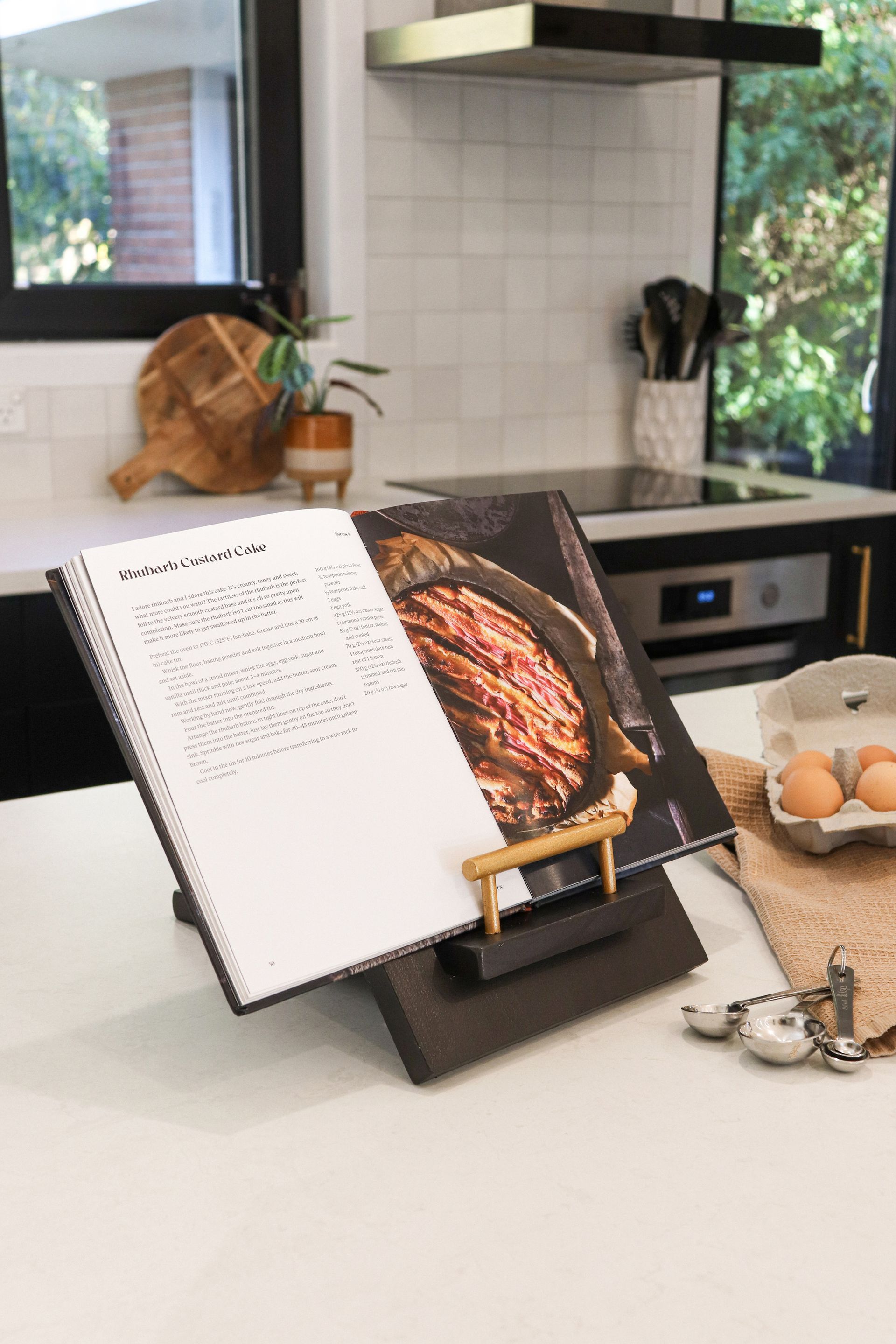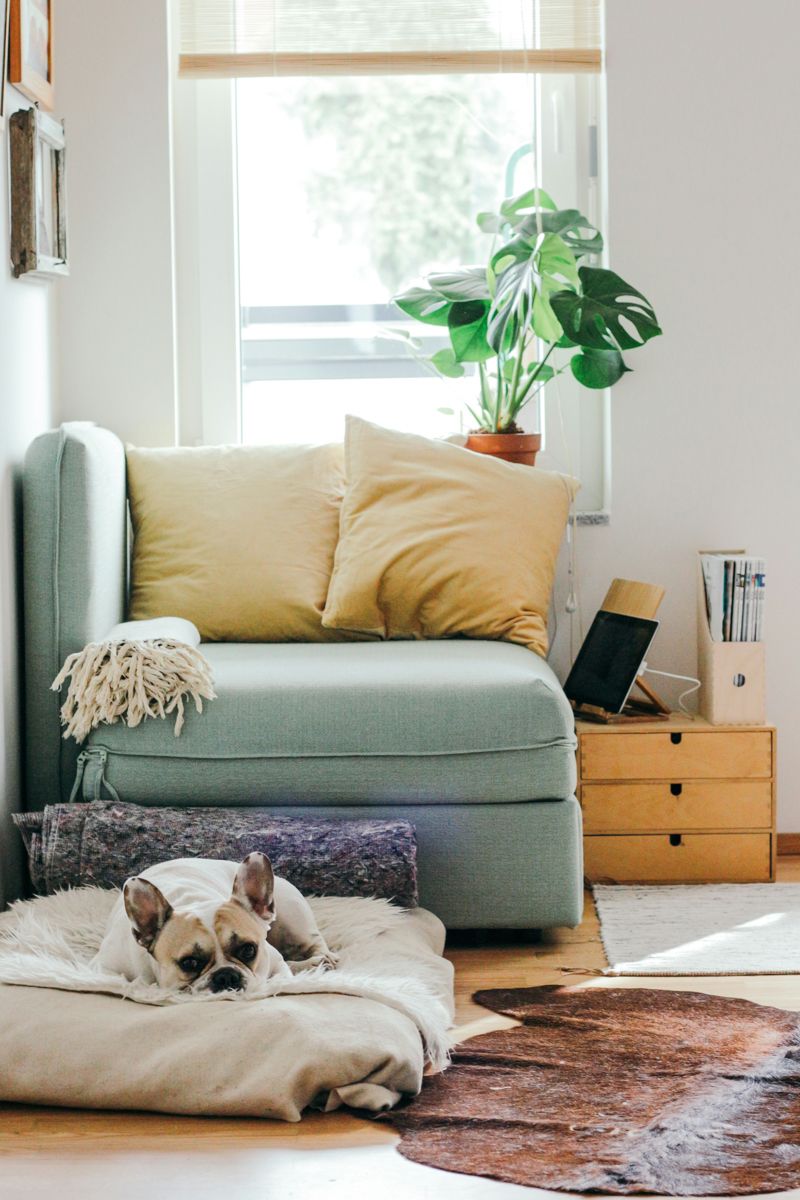Finding that balance between rural living and corporate career has been a challenge many of us have encountered and navigated. For Sophie Hurley, it has culminated in a fashion brand that has grown beyond her wildest dreams.
Timeless, beautiful and sustainable are the driving factors behind Sophie and Sam Hurley’s luggage and accessory business, Honest Wolf. Living ‘in the middle of nowhere’ on Papanui Estate (near Feilding), the duo had a vision of making their wool ‘work harder’ and not go to waste. ‘I was spending up to three hours every day driving to and from work in Fielding,’ explains Sophie, ‘and was always coming up with ideas to avoid having to do it. I loved my job but wanted to incorporate my skill set [advertising and communication] into our farming business and do something for us.’
While tourism provided a logical solution, two factors promoted an inspiration moment. ‘As plastic bags were phased out and the wool industry went into a huge decline, I saw an opportunity and the ideas just grew.’
She laughs as she recalls the process to launch. ‘We design all our products ourselves, which is why it took us so long to get to market initially. We had no design industry experience, and that first design was classic, but Sam is a perfectionist, and I am creative. So together we got there.’
Sophie is quick to admit she is a ‘South Island girl at heart’, having grown up on a sheep and beef farm near Mayfield in Mid Canterbury, before her parents moved to Wanaka. As such, she has always understood the importance of wool and its sustainable benefits, and delights in being able to share this with others. ‘Our goal is always longevity and durability. We don’t design or make our bags for a period in time – they are designed to transition with you.’
The Tote bag, which also happens to be Sophie’s favourite, is the perfect example – beautifully ticking all the boxes as a nappy bag, but classic and functional enough to translate into the boardroom, taking the discerning working parent from family life to work with ease. ‘We want every piece to tie into every wardrobe and every occasion.’
ontinuously improving each piece as they go, they are very particular about what they produce and what sits alongside their wool. ‘All of the wool is grown on our farm and then we have partnered with New Zealand Luxury Group, who work with the same ethical methods as us, for the leather.’
Once the wool has been shorn and cleaned, Sam and Sophie send it to India where it is made firstly into felt and then used to manufacture their beautiful products. ‘Felt is the process of having the wool needle-pressed into the tight fabric that makes up our bags,’ explains Sophie. ‘While we would love to be doing it all in New Zealand it simply isn’t possible right now. We don’t have the manufacturing ability here.’
Despite having two small children and a 3,300-hectare farm to run, Sophie and Sam relish the engagement they have with their customers and for now are ruling out wholesaling into retail stores. ‘For nearly two years we sent every product out from the farm,’ laughs Sophie. ‘As we outgrew the living room, we made the decision to open a retail store in Hunterville, which allows us to not only create job opportunities in our small rural community and connect with our shoppers face to face, but move the online distribution there. It is really exciting.’
Looking back on the journey, Sophie and Sam have been blown away by how quickly their products have resonated with people, and the rapid growth of success. ‘It is really exciting to be part of the wool industry,’ concludes Sophie. ‘We always had high hopes, but we didn’t expect such a rapid interest. To be able to showcase wool, get people thinking about other uses for this incredible product and support the industry is just amazing.’
Recent stories





